How do I determine what size generator I need?
Choosing the right generator size is crucial for ensuring operational efficiency, safety, and cost-effectiveness. Incorrect sizing can lead to equipment damage, increased maintenance costs, and operational failures. This guide provides a clear framework for determining your power needs and highlights the importance of professional commercial generator sizing to avoid common pitfalls.

Understanding Running Watts vs. Starting Watts
A critical first step in selecting a generator is distinguishing between running watts (continuous power) and starting watts (surge power). Running watts refer to the continuous power required to keep equipment operating, while starting watts are the extra power needed to start motor-driven devices, which can be 3 to 6 times higher than running watts. For example:
Motor-driven equipment (e.g., pumps, compressors, HVAC systems) require high starting watts due to initial surge currents.
Resistive loads (e.g., lighting, heaters) typically require only running watts.
Understanding this difference is essential for accurate commercial generator sizing, as overlooking starting watts can result in an undersized generator that fails to handle initial power surges.
Five-Step Guide to Accurate Power Calculation
Follow these steps to calculate your total power requirements precisely:
List All Equipment: Identify every device the generator will power, including critical and non-critical loads.
Distinguish Running and Starting Watts: For each device, note both running watts and starting watts. Refer to manufacturer specifications for accuracy.
Calculate Total Power Needs: Sum the running watts of all devices. Then, identify the highest starting watts among motor-driven devices and add it to the total running watts. This represents your peak power demand.
Add a Safety Margin: Include a 20-25% buffer to account for future expansion, unforeseen loads, and potential degradation in generator performance over time.
Consider Environmental Factors: Adjust for altitude, temperature, and humidity, as these can reduce generator output. For instance, generators may derate by 3-5% for every 1,000 feet above sea level.
This method ensures your commercial generator sizing aligns with actual needs, balancing efficiency and reliability.
Special Considerations for Different Applications
Different industries have unique power requirements and constraints:
Construction Sites: Prioritize equipment with the highest starting watts (e.g., cranes, bulldozers). Portable generators with robust surge capacity are often ideal.
Healthcare Facilities: Focus on uninterrupted power for life-support systems, surgical equipment, and emergency lighting. Redundancy and automatic transfer switches (ATS) are critical.
Data Centers: Ensure generators complement UPS systems. Size generators at 1.5 times the UPS capacity to handle full load and surge demands.
Retail and Commercial Spaces: Use square-footage-based formulas (e.g., retail: kW = 50 kW + 10 W/sq. ft.; commercial: kW = 30 kW + 5 W/sq. ft.) for initial estimates, but validate with detailed load lists.
Additional Tips:
Phase Requirements: Determine if your operation requires single-phase or three-phase power.
Fuel Type: Diesel generators offer durability and fuel efficiency for continuous use, while natural gas may be suitable for cleaner operations.
Consult Professionals: Complex setups, such as those involving multiple generators or hybrid systems, benefit from expert analysis to optimize commercial generator sizing.
Conclusion
Accurate generator sizing is foundational to operational resilience, safety, and cost management. By understanding your power needs, distinguishing between running and starting watts, and accounting for application-specific factors, you can select a generator that delivers reliable performance. However, given the complexities involved, professional guidance is invaluable to ensure optimal results.
Partner with JLMECH for Expert Generator Solutions
At JLMECH, we specialize in commercial generator sizing and power solutions tailored to your unique needs. With decades of expertise and a commitment to quality, we help you navigate the complexities of generator selection, ensuring reliability, efficiency, and compliance with industry standards.
Our team offers:
Customized generator designs based on detailed load assessments.
Support for a wide range of applications, from construction sites to critical healthcare facilities.
End-to-end services, from initial consultation to installation and maintenance.
Contact Us Today
Email our experts at skala@whjlmech.com for a free consultation and quotation. Let us help you find the perfect power solution for your business needs.
References
International Organization for Standardization. (2022). ISO 8528-1:2022 - Rotary diesel generating sets - Part 1: Application, ratings and performance.
U.S. Department of Energy. (2021). Best Practices for Diesel Power Generation in Industrial Applications. DOE Technical Reports.
Johnson, M. (2022). Emergency Power Systems: A Comprehensive Guide to High-Speed Diesel Generators. Power Engineering Quarterly, 45(3), 78-92.
Caterpillar Inc. (2023). Generator Sizing Guide: Selecting the Right Generator for Your Business.
Roberts, S., & Nielsen, T. (2022). The True Cost of Power Interruptions in Large-Scale Mining. Resources Policy, 75, 101521.
 VIEW MOREPortable Type Diesel Generator
VIEW MOREPortable Type Diesel Generator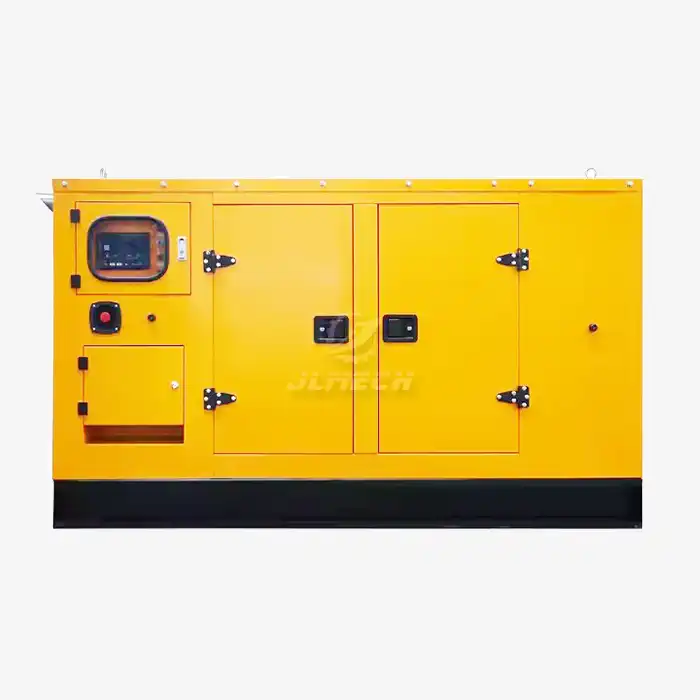 VIEW MOREElectric start diesel generator
VIEW MOREElectric start diesel generator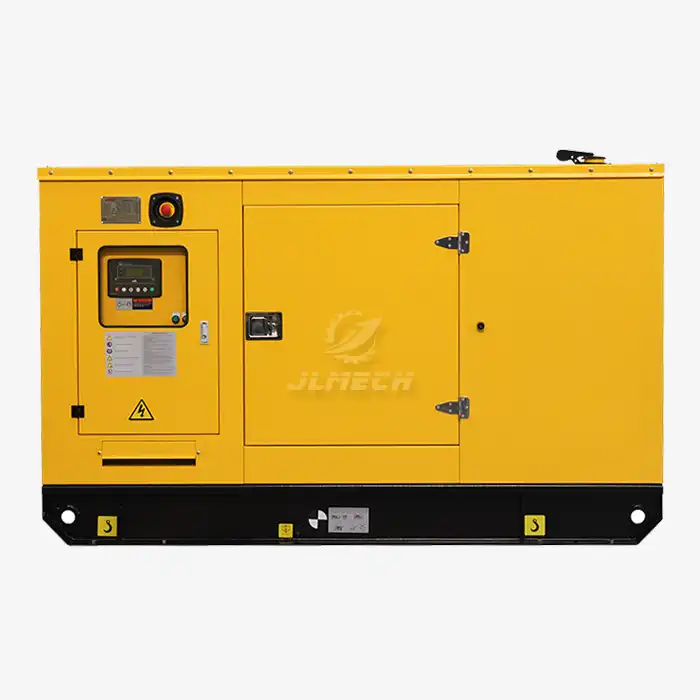 VIEW MOREElectric Silent Diesel Genset
VIEW MOREElectric Silent Diesel Genset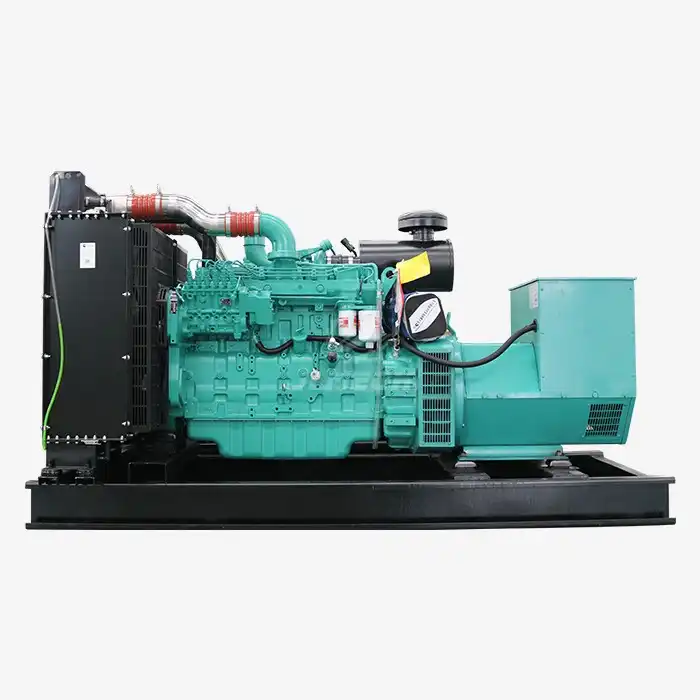 VIEW MORESilent water-cooled generator
VIEW MORESilent water-cooled generator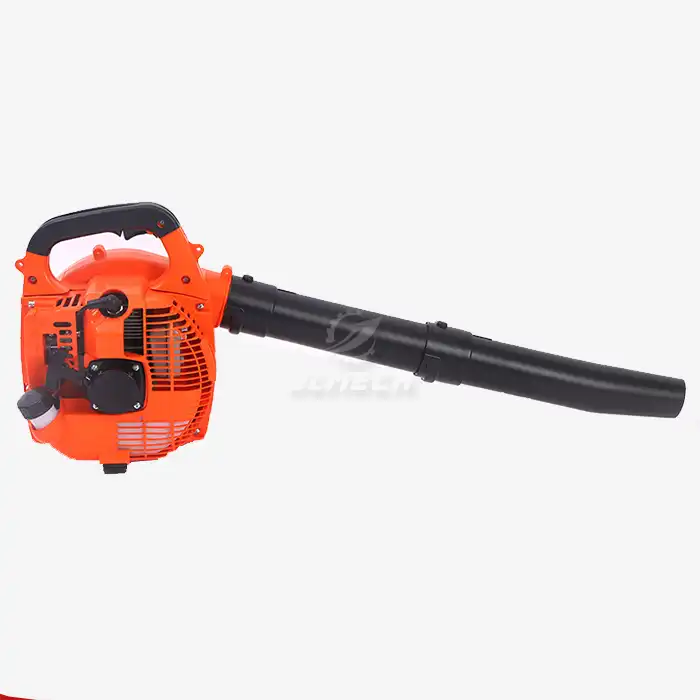 VIEW MOREcordless leaf blower machine
VIEW MOREcordless leaf blower machine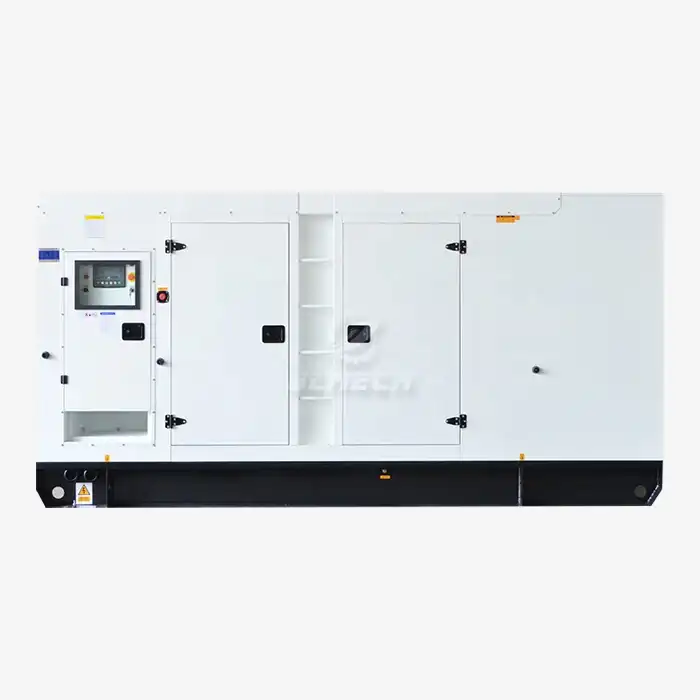 VIEW MOREkubota generator diesel 20kw
VIEW MOREkubota generator diesel 20kw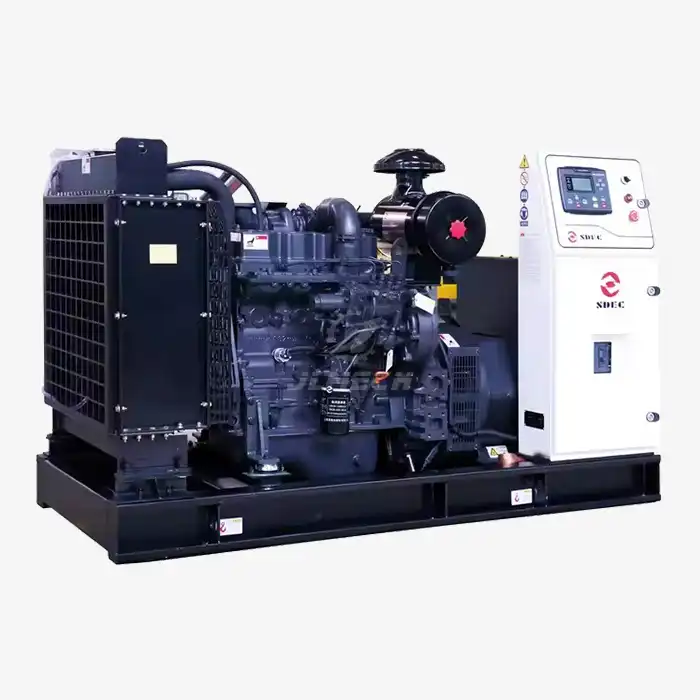 VIEW MOREshangchai diesel generator 50KW
VIEW MOREshangchai diesel generator 50KW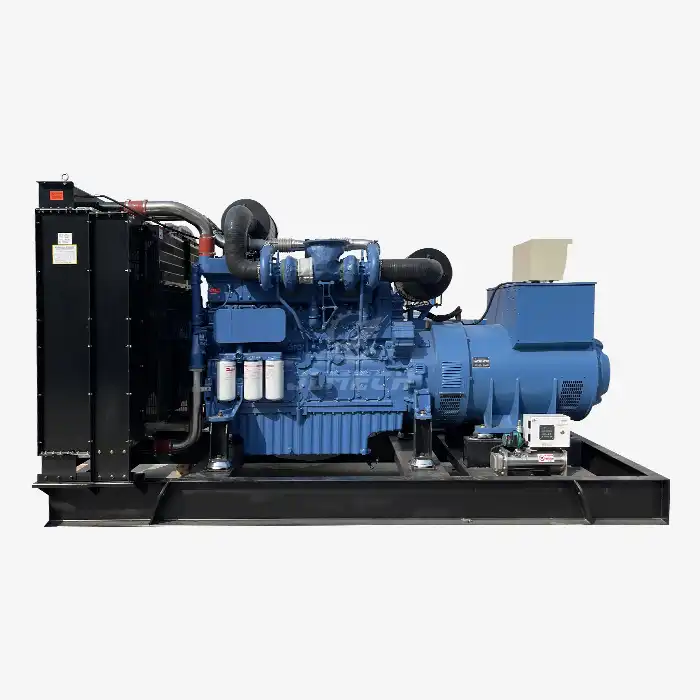 VIEW MOREdiesel generator yuchai 70kva
VIEW MOREdiesel generator yuchai 70kva



